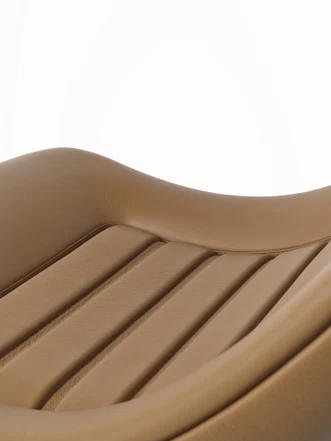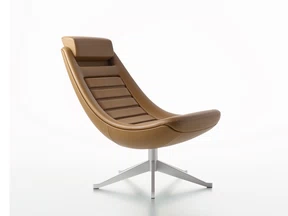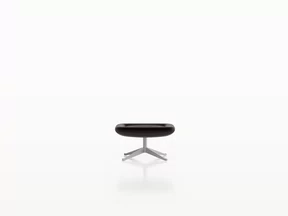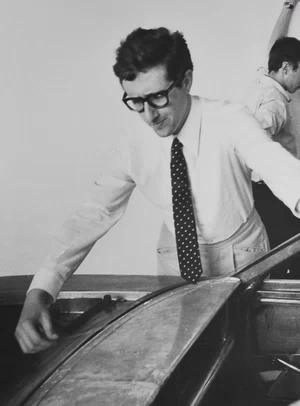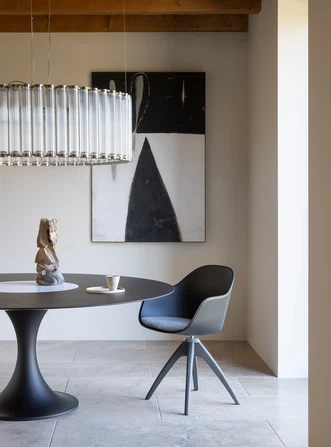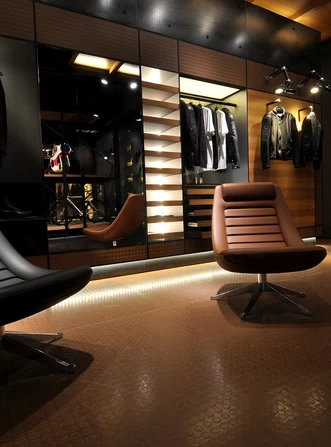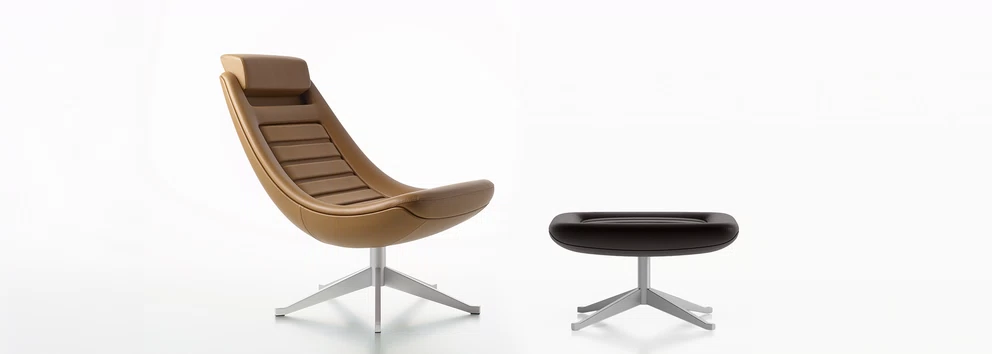
MANZÙ Collection
Pio Manzù, 2011
The meeting with the Pio Manzù Foundation in 2011 led Alias to produce a historic project by the brilliant protagonist of Italian car design in the 1960s.
The focus is on the prototype of a seat designed for La Rinascente with a clear automotive derivation. However, the base, created at the time by a Japanese artist, is missing, of which only a photograph remains.
Through passionate research and reconstruction work, the new edition took shape and came to fruition. MANZÙ is an armchair composed of a supporting shell in compact polyurethane moulded with polyurethane foam and a cast aluminium base. To complete the project, Alias designed a footrest entirely consistent with the design and proportions of the armchair.
AboutMANZÙ
An operation of design culture, through which Alias discovered deep affinity with the figure of Pio Manzù, one of the first to view the man-machine relationship in terms of safety and well-being, beyond pure functionality. A true pioneer of ergonomics, thanks to his design rigour and mastery of technology.

